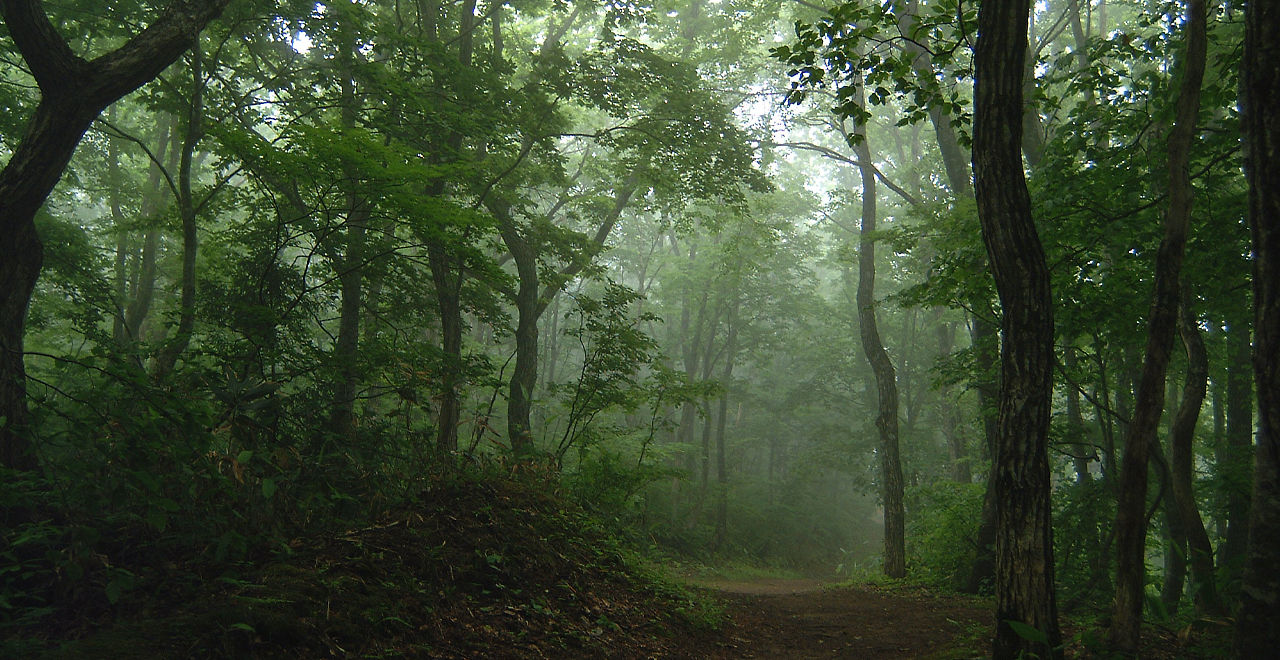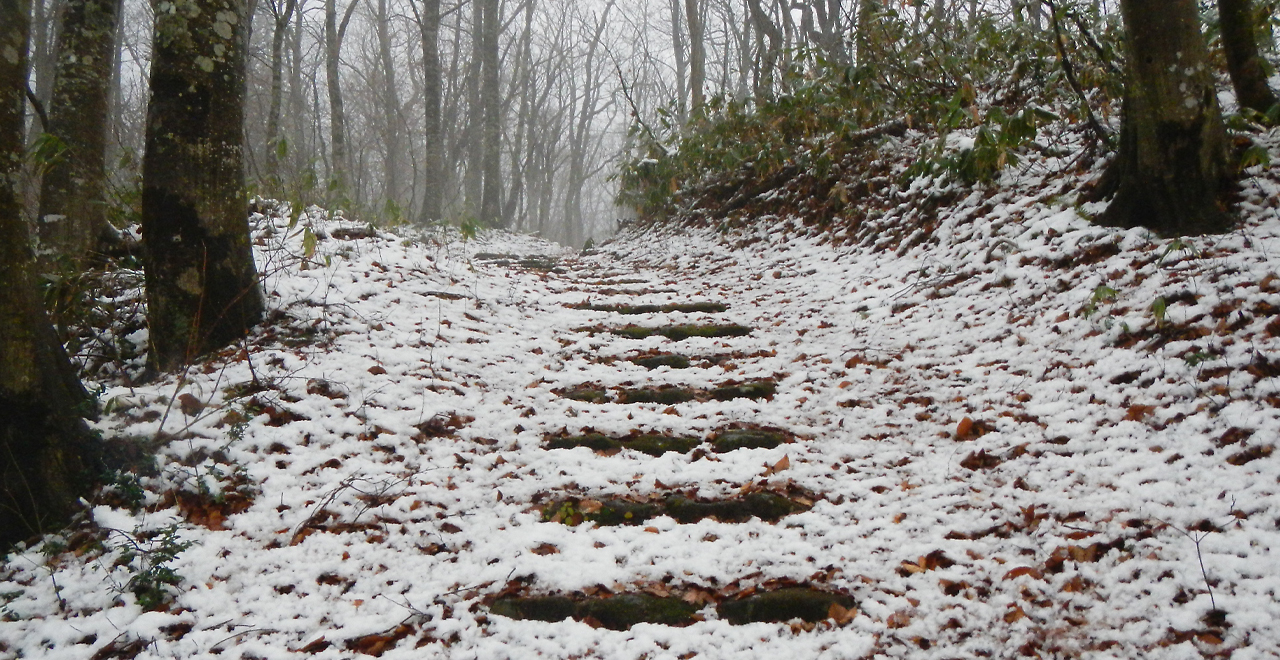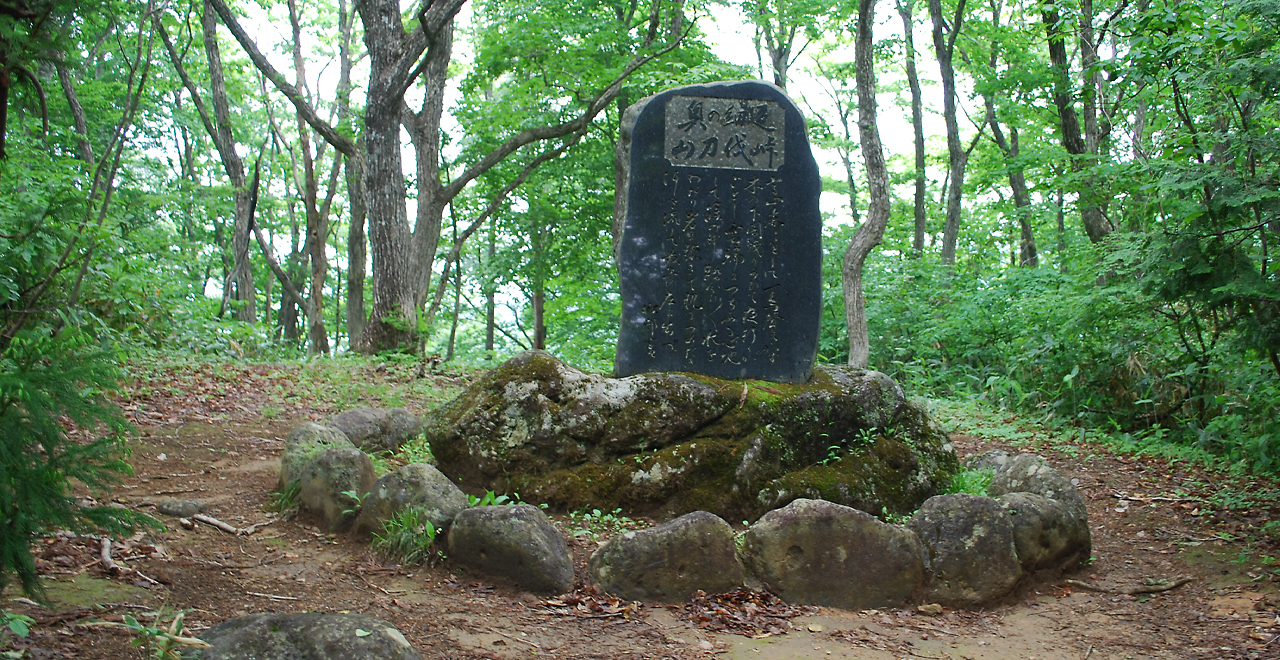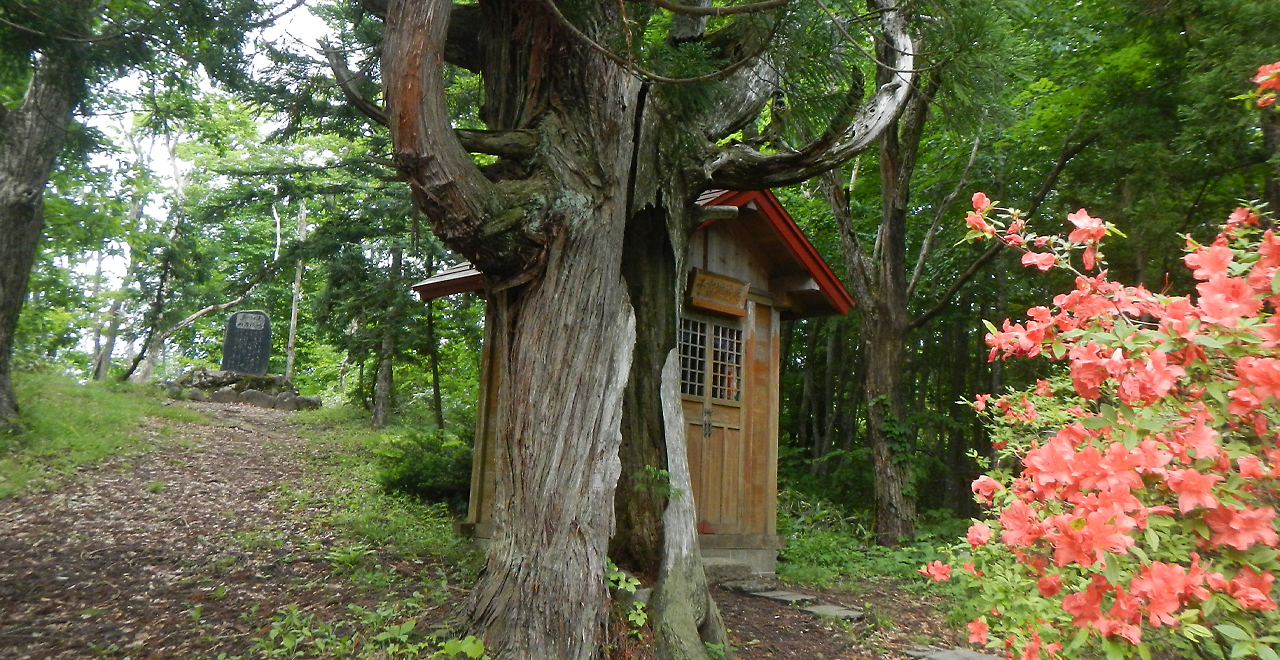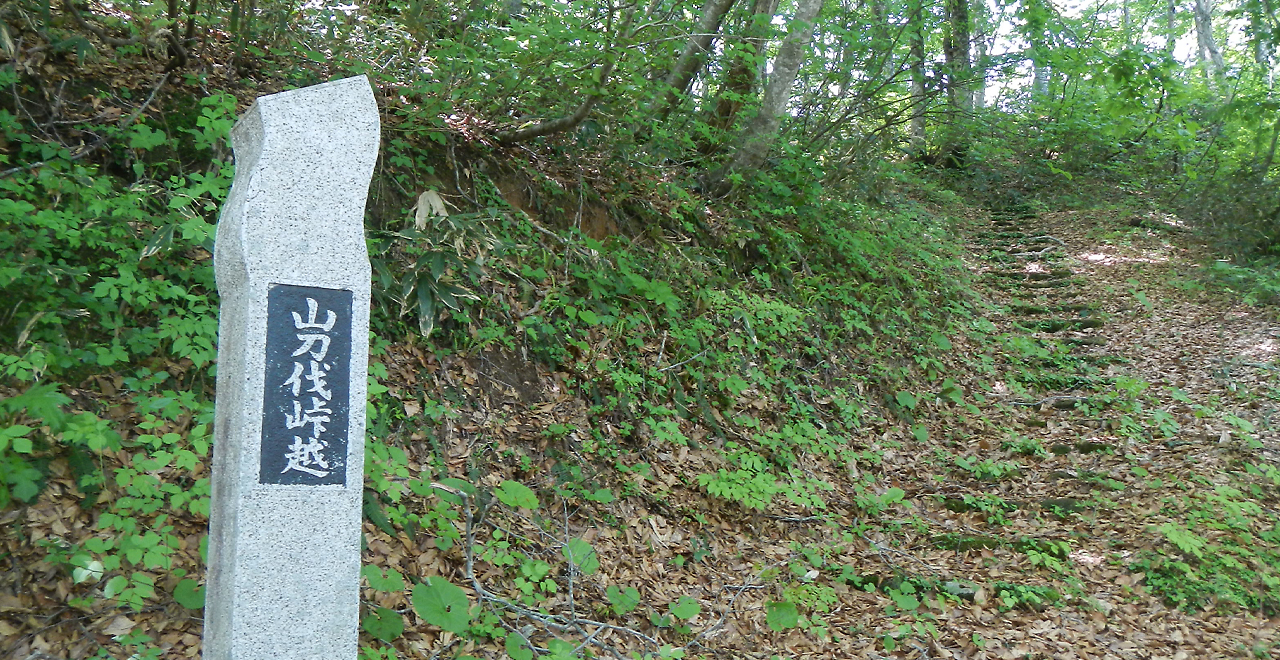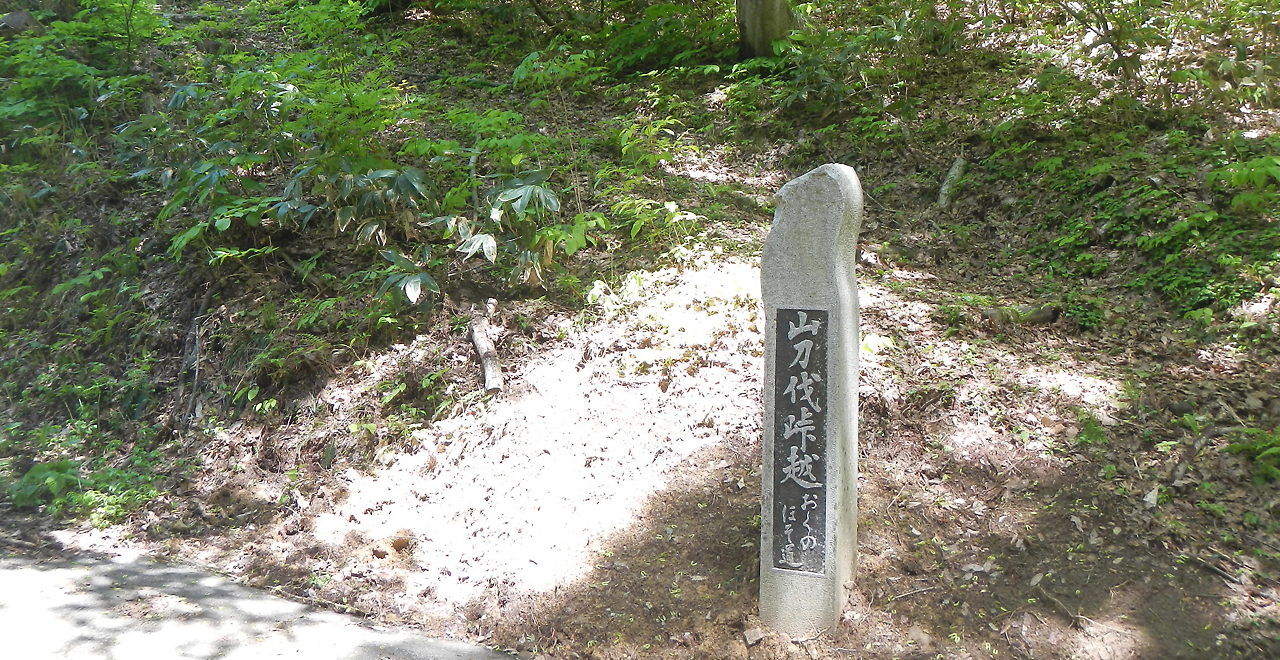Natagiri Pass Recreation Forest (Natagiri Pass)
37.86ha
Elevation Lowest: 470 m / Average: 470–500 m / Highest: 500 m
Crossing a pass through which Matsuo Basho
―master of haiku poetry―once journeyed
―Road of History offering historical sites and rich natural beauty―
Crossing a pass through which Matsuo Basho
―master of haiku poetry―once journeyed
―Road of History offering historical sites and rich natural beauty―
- Newest information
- Area
- Activities
- Overview
- Latest Information
- Usage Guide
- Facility
- Map
- Location
- Access
(Distances and times are
provided as a guide only) - Management office
contact details - Information on Other Local
Tourist Attractions - Official Tourist Information
- Recreation Forest
Management Committee - Supporters
- Other
- Newest information
- Gathering information in advance is important to safely enjoy forest recreation that brings you closer to nature.
・CHECK
・When you go out, please check local tourist and related information and gather information on road closures, weather conditions, etc.
- Area
- Tohoku
- Activities
- Flower-viewing(Cherry (Prunus)) : Lake Tokura (Outside the forest) Autumn leaf viewing (Includes surrounding area) Waterfall viewing : Shirogane Falls (Outside the forest) Birdwatching (Includes surrounding area) Paddling / fishing / boating (pond / lake / river) : Lake Tokura (Outside the forest) Canyoning (River trekking) : Mt. Gosho (Outside the forest) Guided tours : Natagiri Pass Crossing Tour (August), Natagiri Pass Kanjiki Snowshoes Tour (March) (Payment required for use of facilities and participation in activities) Ski resort (no. of trails: 3) : Hanagasa Kogen Ski Area (no. of trails: 3) (Outside the forest) Shrine / Temple : Yosen-ji Temple (Outside the forest)
- Overview
-
- Geographical/topographical features
- The approximately 4 km Natagiri Pass straddles the border between Obanazawa City and Mogami Town. The name "Natagiri" is said to originate from the resemblance of the topography to a hood called "natagiri" worn by forest workers and hunters. With a maximum elevation of about 470 m, the pass runs through a vast forest of Buna (Japanese beech (Fagus crenata Blume)) and offers a relaxing walk amid lush greenery. The trail, which is also called "27 Curves," winds its way to the top. The slope is steep in some parts, but appropriate for hikers in sneakers.
- Historical/cultural features
- The Natagiri Pass is a nationally designated Road of History which Matsuo Basho, a famous haiku (a three-line, seventeen syllable poem) poet, described traveling along with his disciple Kawai Sora in 1689 as in his famous "Oku no Hosomichi" (The Narrow Road to the Deep North) travelogue. This path from Mogami Town to Obanazawa is considered to have been the most difficult part of Basho's 2,400 km journey. He wrote that the high mountain was densely forested and devoid of birdsong, and that the thick foliage darkened the forest, making them feel as if they were walking at night. This suggests that the forest was pitch-dark even during the daytime, and this frightened Basho somewhat. Today, a footpath has been developed and is maintained as the "Road of History―Oku no Hosomichi / Natagiri Pass Crossing."
- Climate, flora and fauna
- The area receives some of Japan's heaviest snowfalls when the seasonal northwesterly winds hit the Ou Mountain Range. The snow melts slowly in the spring and the area remains snow-covered for a long time, keeping much of the Recreation Forest’s primeval Japanese beech and other broad-leaved trees intact.
- Attractions
- The Natagiri Pass is a popular destination for fans of Basho’s work. The scenery is particularly beautiful when the leaves are bright green in the summer and when they change colors in the autumn. The local Miyazawa District Public Hall organizes an annual Natagiri Pass Crossing Tour in early August. A lecturer from the local Ichinono area serves as a guide, disguised as the tough young man who guided Basho's traveling party at the time, and participants cross the Natagiri Pass on foot wearing Matsuo Basho costumes.
Near the top of the pass you can see the Kodakara Jizo statue (guardian deity for pregnant women), the Komochi Cedar ("child-bearing cedar") and a stone monument commemorating Oku no Hosomichi Natagiri Pass. There is also a simple refreshment area where visitors can rest in the primeval Japanese beech forest. The Kodakara Jizo is said to be a sibling of Sabane-yama Jizodo (located in Funagata, Obanazawa City), one of Japan's three major jizo statues. The Komochi Cedar is worshiped by local people who believe a divine spirit resides within it.
The Basho Seifu History Museum near Ginzan Onsen exhibits various materials related to the "Oku no Hosomichi." Its most notable features are the museum building, which is a relocated and restored merchant house from the late 19th century, and its beautiful displays.
Obanazawa City is most famous for its snow, watermelons and hanagasa (a type of straw hat decorated with flowers). It is also the birthplace of the Hanagasa Odori (meaning "flower straw-hat dance"). The whole city comes alive with hanagasa excitement during the Obanazawa Hanagasa Festival (held sometime in late August every year).
- Latest Information
-
- Regular events
- - Natagiri Pass Crossing Tour (August)
- Natagiri Pass Kanjiki Snowshoes Tour (March) - Warnings (Flora and fauna)
- Ezo Brown bears: Higuma (brown bears (Ursus arctos)) may be present. When entering the forest, please carry a bear bell and stay in a group. Check for local information on bear sightings and warnings and follow instructions.
- Usage Guide
-
- Entrance fee
- Free
- Operating hours and seasons
- Open from sunrise to sunset. However, in practice, the Recreation Forest cannot be used during the winter (December through March) due to snowfall, except when events are held.
- Accommodation options
- Ginzan Onsen (12 Japanese inns), 3 business hotels in the city
- Facility
- Toilets and drinking fountains Walking trail Parking lot (Includes surrounding area) Restaurant (Outside the forest) Campsite and/or cabins (Outside the forest) Free public wireless LAN (Wi-Fi) (Outside the forest) Resource center/Museum (Outside the forest) Accommodation facilities (Hotels/Japanese inns) (Outside the forest) Hot Spring (Outside the forest)
- Map
- Location
- Ichinono, Takahatasawa and other areas of Obanazawa City, Yamagata Prefecture
- Access
(Distances and times are provided as a guide only) -
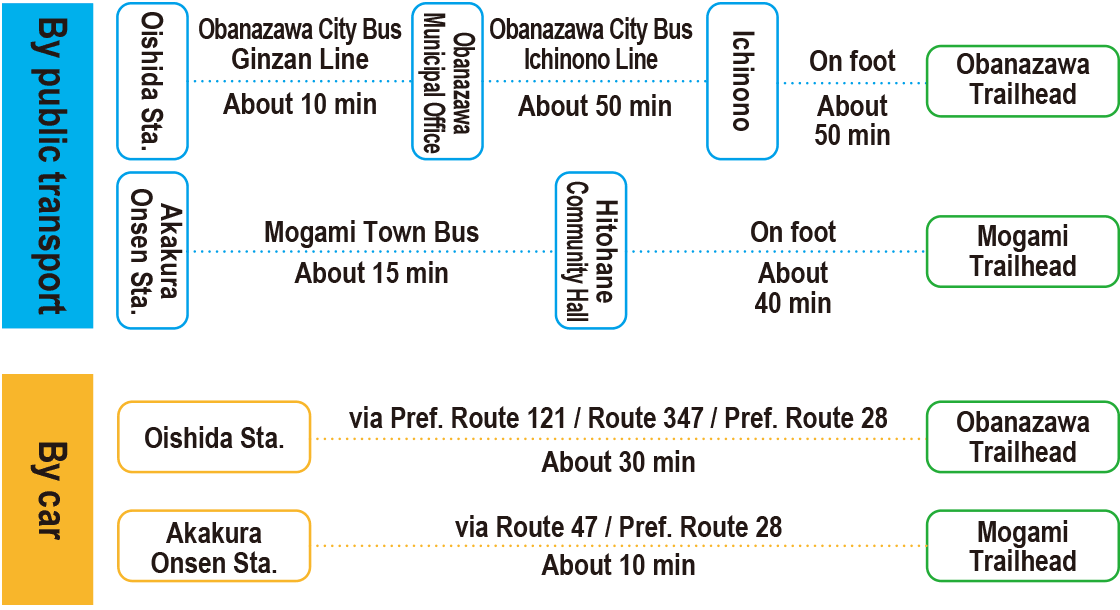
-
Parking lot capacity / parking charges- ・Parking lot on the Obanazawa City side: Free parking for 10 vehicles
- ・Parking lot on the Mogami Town side: Free parking for 15 vehicles
- ・Summit Parking Lot: Free parking for 20 vehicles
- ・Summit Parking Lot No. 2: Free parking for 5 vehicles
- Nearby tourism facilities
- - Ginzan Onsen (hot spring) (about 25 km / 50 minutes by car)
- - Lake Tokura (about 20 km / 30 minutes by car)
- - Akakura Onsen / Akakura Onsen Ski Area (about 10 km / 10 minutes by car)
- Management office contact details
-
Yamagata District Forest OfficeTEL:0237-86-3161
https://www.rinya.maff.go.jp/tohoku/syo/yamagata/index.html
- Information on Other Local Tourist Attractions
-
Obanazawashi Kanko Bussan Kyokai [External link]
- Official Tourist Information
-
Obanazawa City official website (tourism information) [External link]
- Recreation Forest Management Committee
- ー
- Supporters
- ー
- Other
- ー





